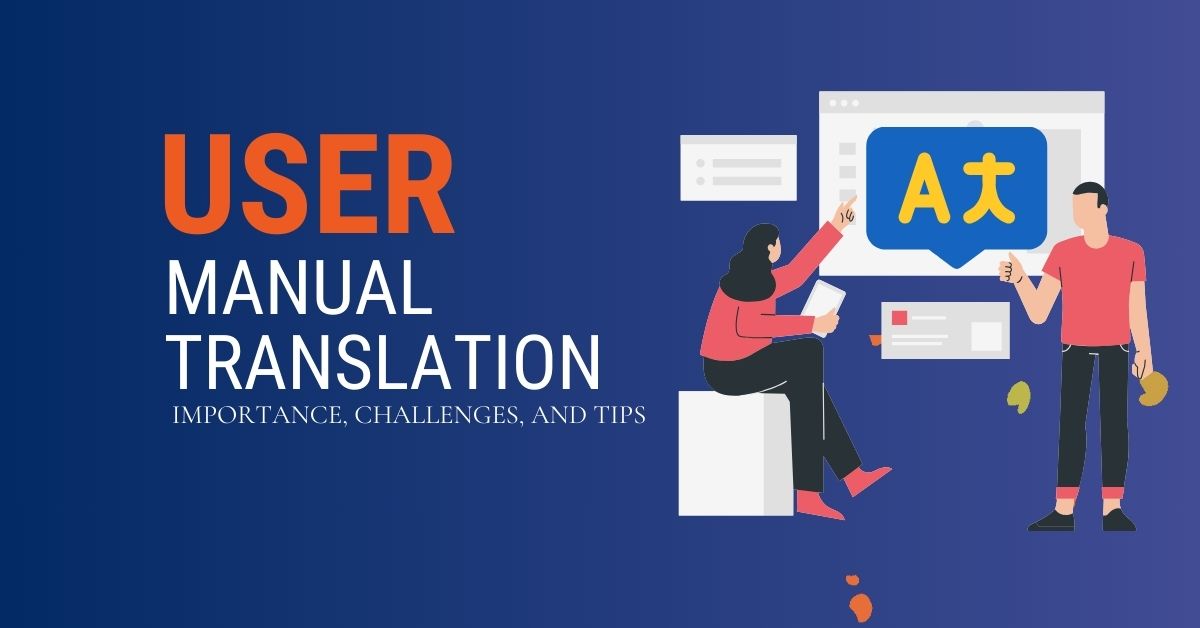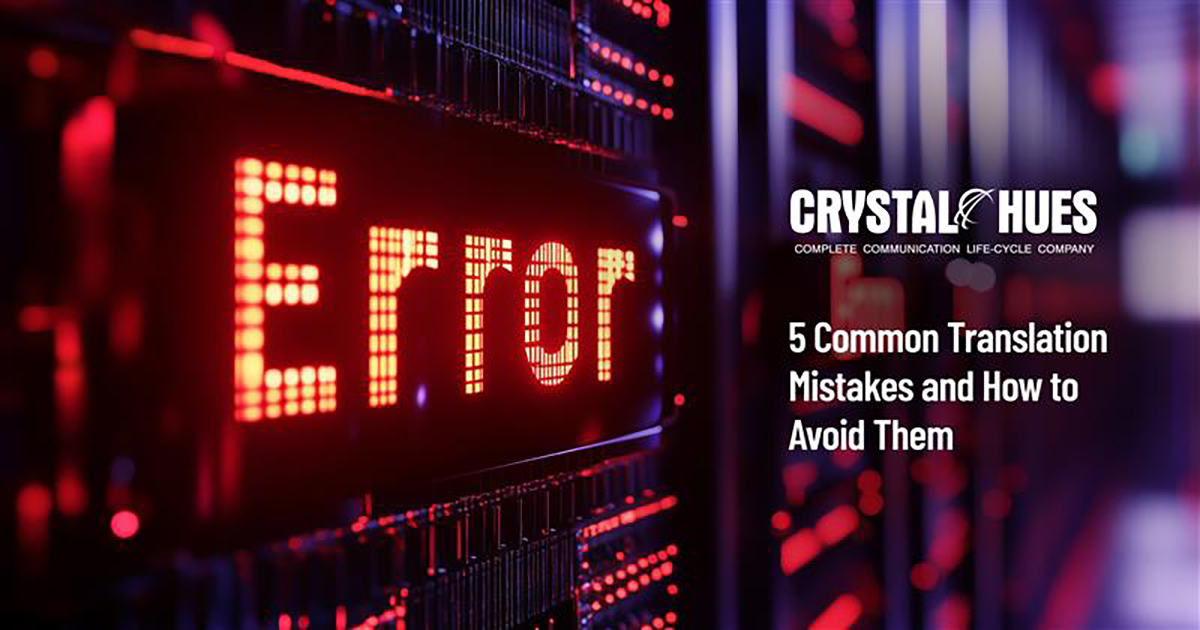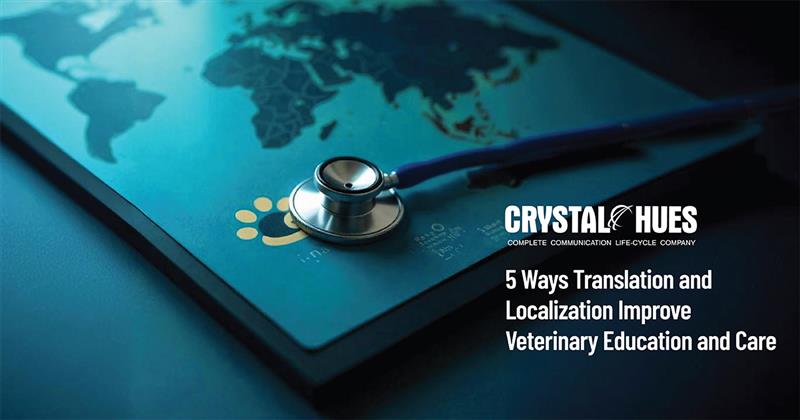
User Manual Translation: Importance, Challenges, and Tips
User manuals are vital in today's
globally linked marketplace because they connect products to their consumers.
These basic documents provide important details on maintenance procedures,
safety rules, and product use. Hence, as companies go global, accurate and
culturally relevant translations of these guides become more critical.
More than just translating text from one
language to another, user manual translation calls for a thorough knowledge of
technical terminology, cultural eccentricities, and industry-specific needs to
guarantee that the finished document successfully meets its intended use.
The Critical Importance of User Manual
Translation
Regulatory Compliance
The need for correctly translated user
manuals goes much beyond simple understanding. Legal compliance is one of the
main reasons for making investments in quality manual translation. Many nations
stipulate that the official languages of their countries provide product
documentation. For example, European Union rules mandate that user manuals be
supplied in the official language of every member state where the product is
sold. Ignoring these regulations could lead to major fines or even product
bans.
Safety guarantees
Another crucial element of manual
translation is safety. The danger of accidents or product misuse rises
dramatically when consumers cannot completely grasp operating instructions or
safety warnings because of linguistic problems. Accurate translations guarantee
that users may operate items safely and effectively, therefore shielding
producers from possible hazards and liability concerns.
Customer Experience
Quality of translated manuals is also very
important for consumer satisfaction and the reputation of the brand. Consumers
are more likely to have a good experience with a product when they can quickly
grasp and follow the instructions in their mother tongue. Increased customer
loyalty and favorable brand reputation in international markets are outcomes of
this improved user experience.
Cost Efficiency
Another major advantage of investing in
excellent manual translation is cost efficiency. Well-translated material
minimizes user mistakes and confusion, therefore lessening the load on customer
support systems. The lower number of help questions means lower operational
costs and better use of resources.
Market Access
Offering documentation in other
languages helps businesses to properly enter new markets and interact with
different client bases. For a company to expand and thrive in global markets,
this kind of global access is crucial.
Key Challenges in User Manual
Translation
Technical terminology
Professionals navigating technical handbook
translation must carefully negotiate a number of major obstacles. One of the
main challenges in manual translation is technical terms. Every sector has
particular technical language and jargon that needs to be faithfully translated
while preserving their exact meaning. This means that translators need to be
very good at both languages and the technical side of what they are
translating.
Consistency Management
Maintaining consistency across several
language versions poses another difficult task. Ensuring that technical words,
measurements, and directions remain consistent across all editions is
absolutely vital when translating manuals into other languages. Maintaining
consumer safety and product quality across several markets depends on this
consistency.
Cultural Reflections
In manual translation, cultural adaptation
is a difficult task. Technical communication is handled differently in
different cultures; what works in one market could not be so in another.
Translators must modify not only the language but also the presentation style,
examples, and even graphic components to fit local tastes and knowledge.
Document Layout
Formatting and layout of documents present
technological difficulties when translating them. Different languages need
different amounts of space to convey the same information; therefore, text
expansion or contraction might throw off well-planned layouts. This becomes
much more of a problem when translating visual materials like technical
diagrams, tables, and charts that need to maintain their accuracy and clarity.
Quality Assurance
Another big obstacle is quality assurance
and verification. Technical translations must be accurate; hence, thorough
quality control procedures are needed. To ensure the translated instructions
are accurate and effective, they undergo a series of reviews and tests,
including technical evaluation, language validation, and practical testing.
Essential Tips for Successful Manual
Translation
Establish Technical Glossary
Developing excellent translations needs
both a methodical approach and close attention to detail. Start the translation
process by first building a thorough dictionary of technical vocabulary. By
avoiding recurrent searches of technical phrases, this approach guarantees
uniformity in terminology use and saves time.
Source Documentation Quality
Emphasize on producing unambiguous source
documentation. The translation procedure is much affected by the original
manual's quality. When writing the source text, keep translation in mind by
using clear, brief language and staying away from slang or cultural references
that could be challenging to translate.
Multiple Review Mechanism
Install a strong quality control mechanism
with several review phases. Technical specialists, native speakers, and end
users who can confirm both technical accuracy and practical usefulness of the
translated material should all be involved here.
Visual Consistency
Maintain the same formatting and visual
components across all language editions. Design templates that allow for text
expansion and contraction; make sure technical diagrams and drawings stay
precise and clear in all translations.
Translation Tools
Translation tools can help you to increase
consistency and efficiency. These tools save parts of translations that have
already been done. They can cut down on translation time by a lot while also
making sure that the terminology used in different documents is consistent.
Cultural Adaptation
Cultural change should be seen as an
important part of the translation process. This means knowing about and using
the local safety rules, measurement methods, and technical standards when
translating the content.
User Feedback Integration
Finally, develop a feedback loop with end
users across many marketplaces. Regular feedback helps to improve and ensure
that translated manuals meet the needs of users from all over the world and
countries.
Organizations can produce excellent manual
translated content that efficiently serves their worldwide audience while
preserving safety standards and regulatory compliance by applying the above
suitable strategies.
Looking for localization services or transcription services? Contact us today!




